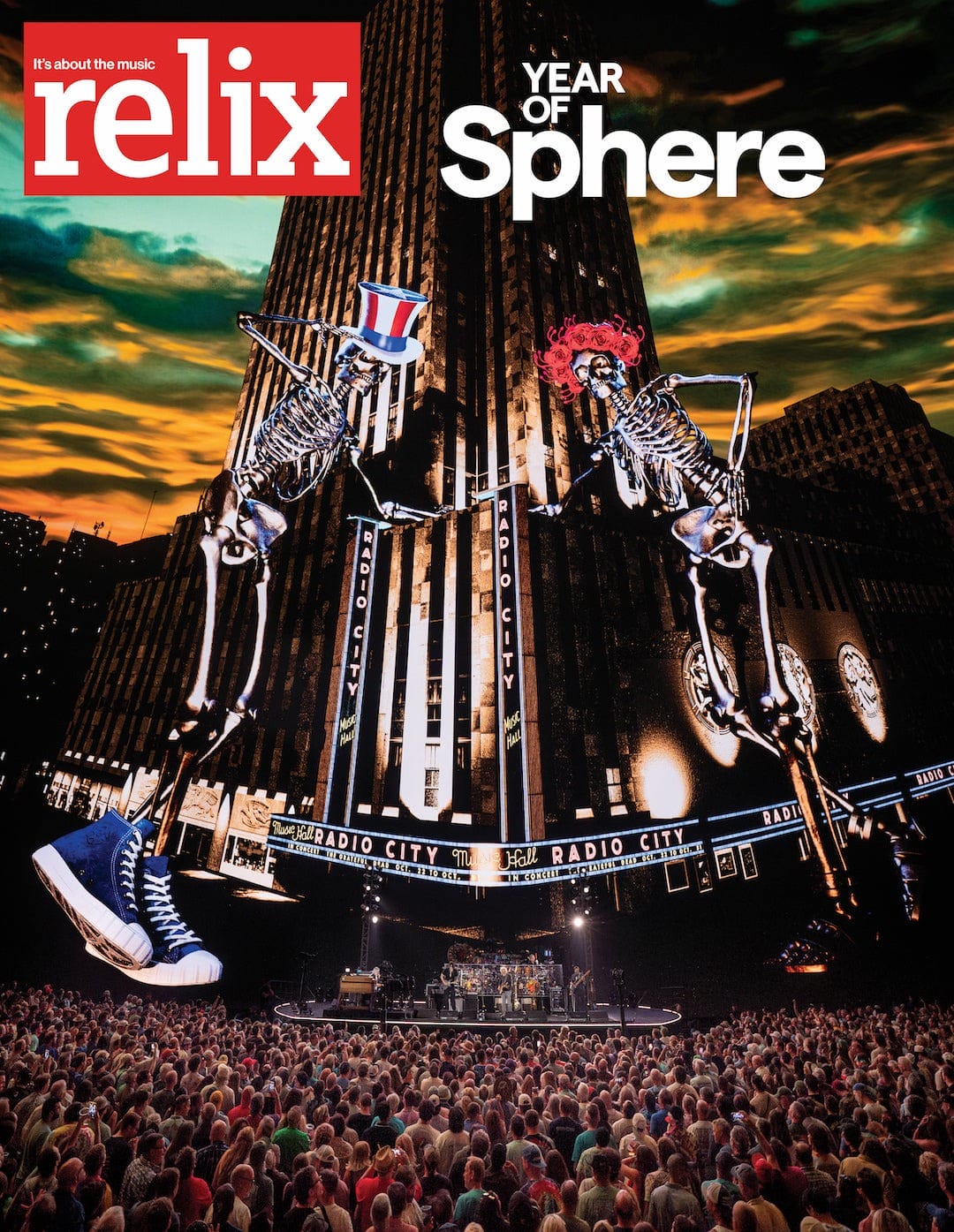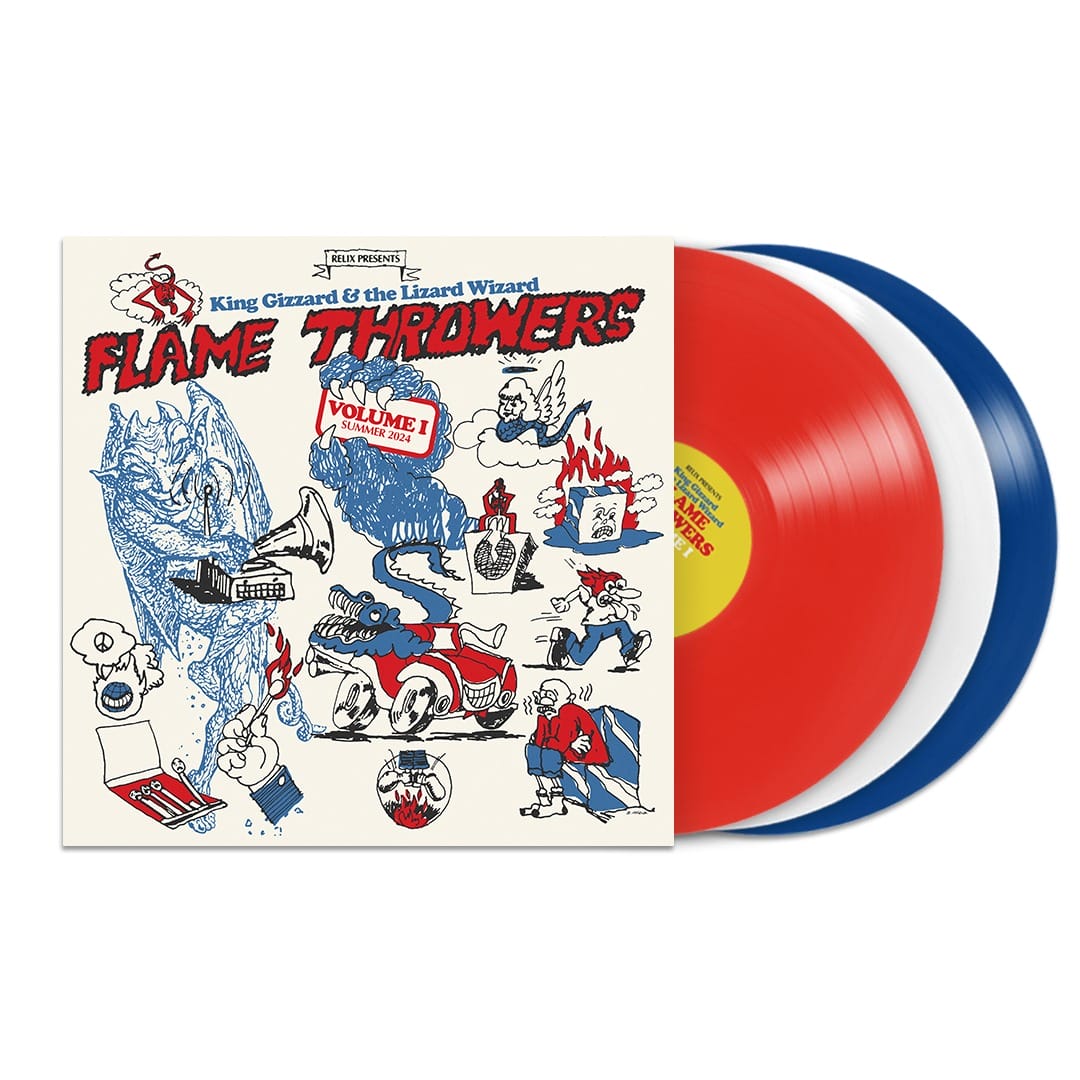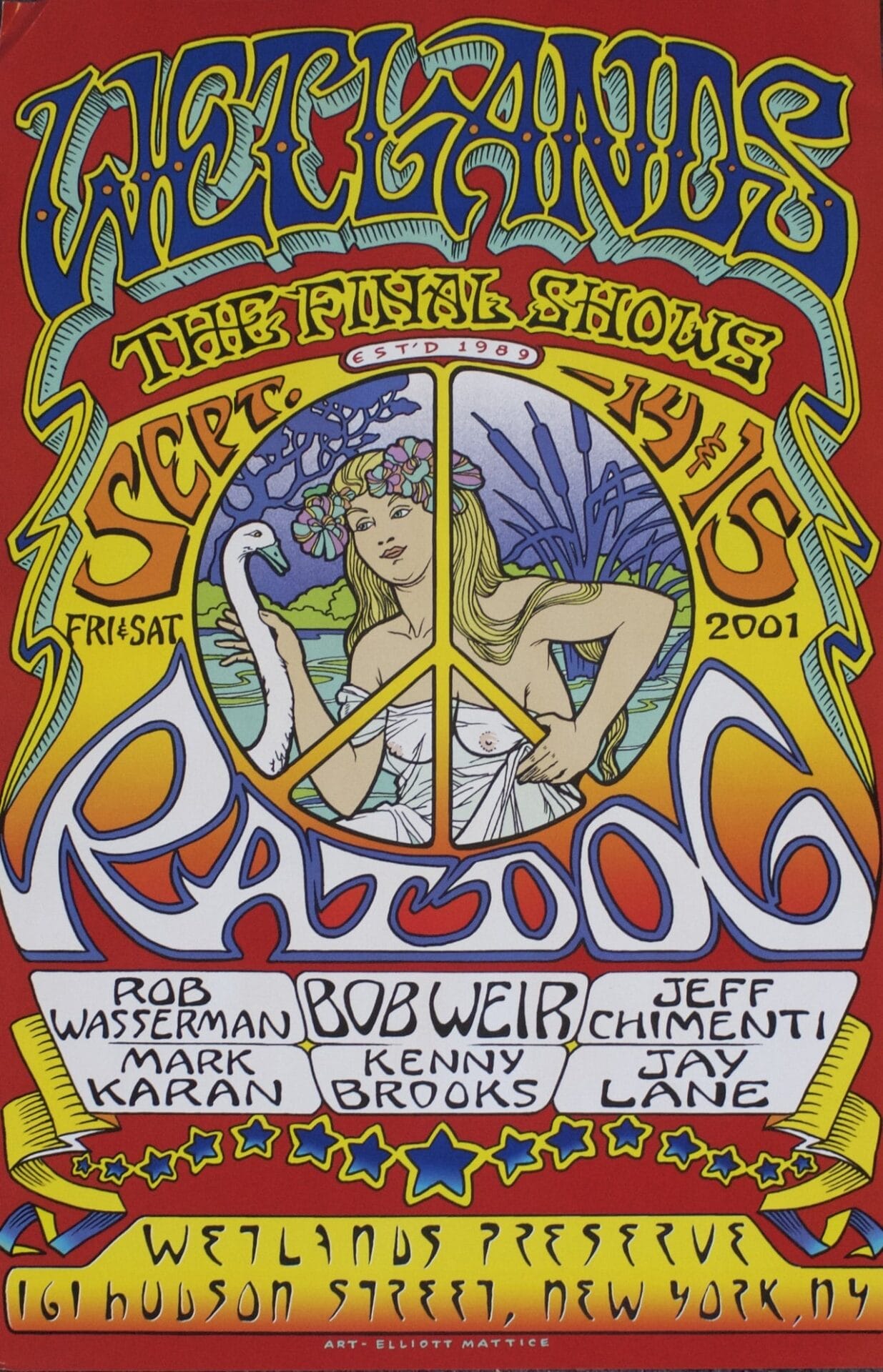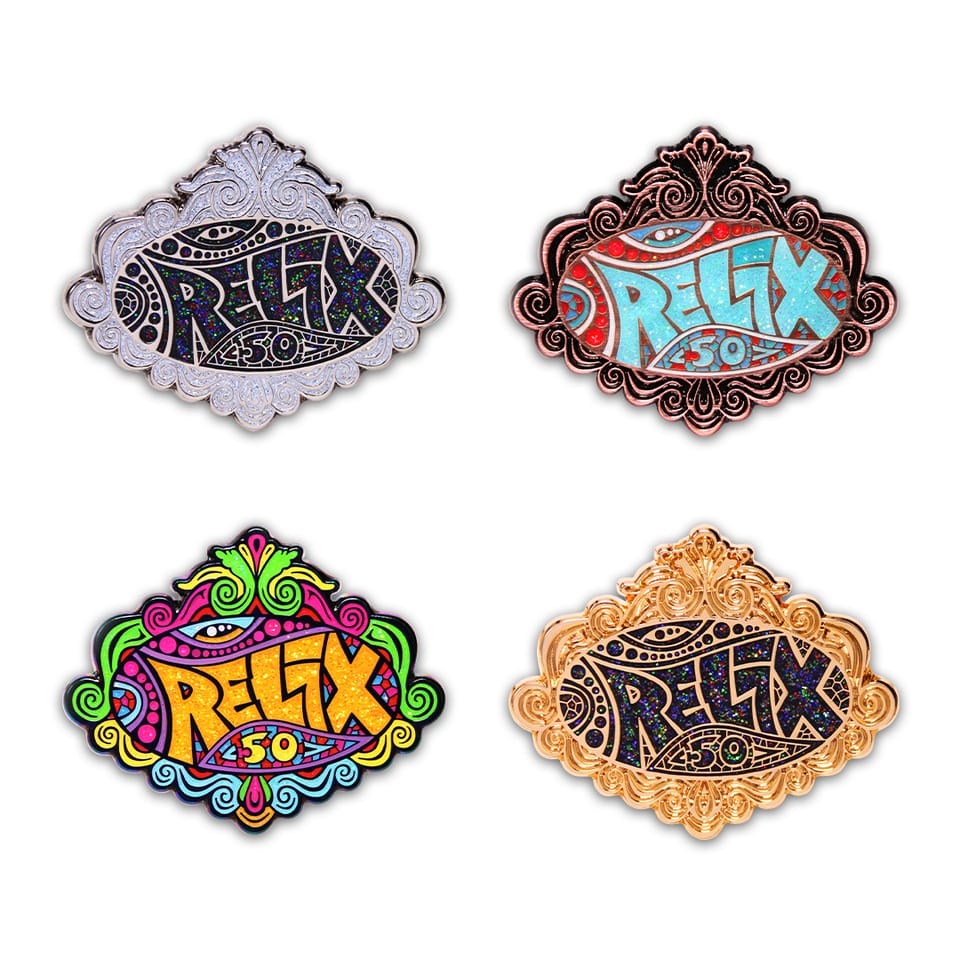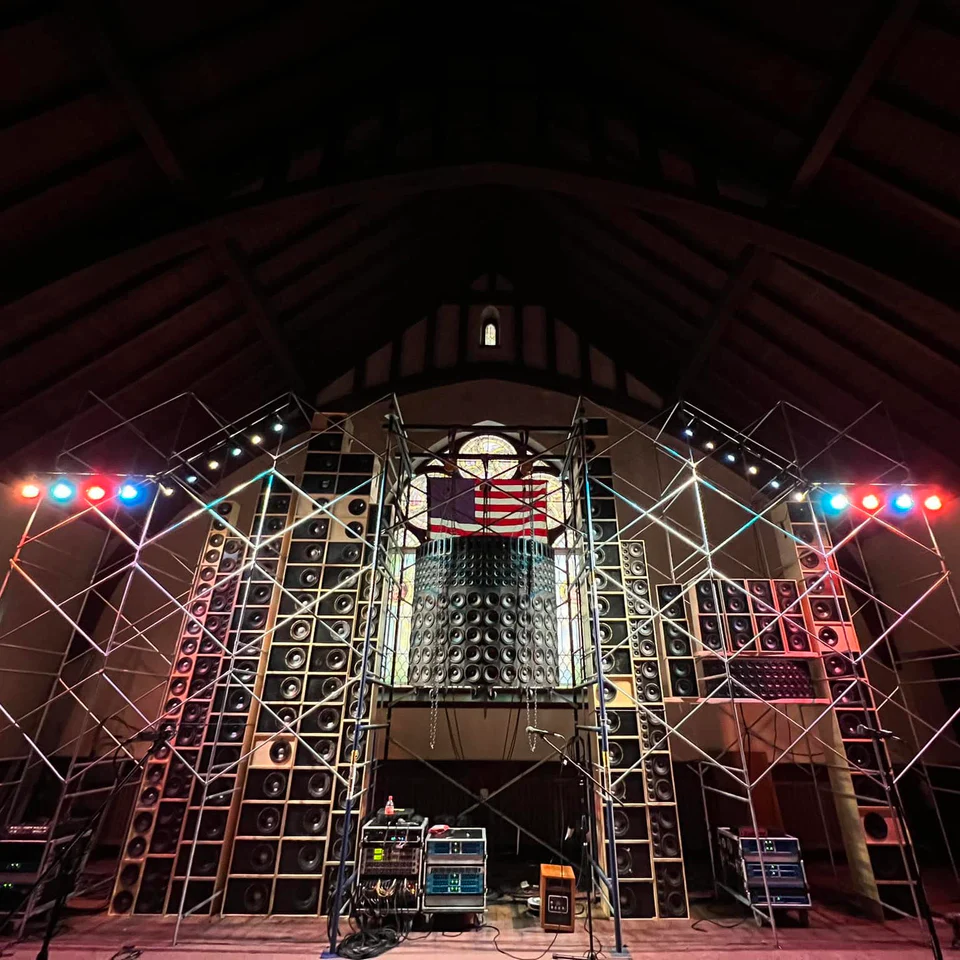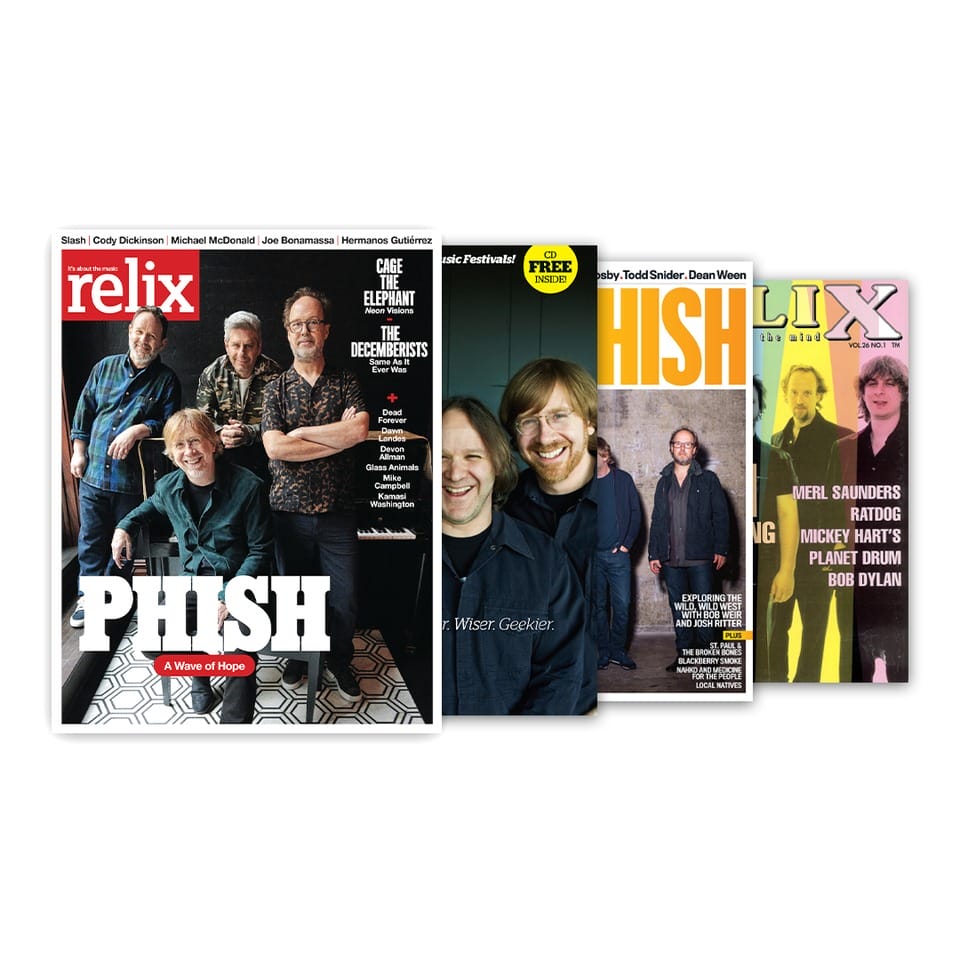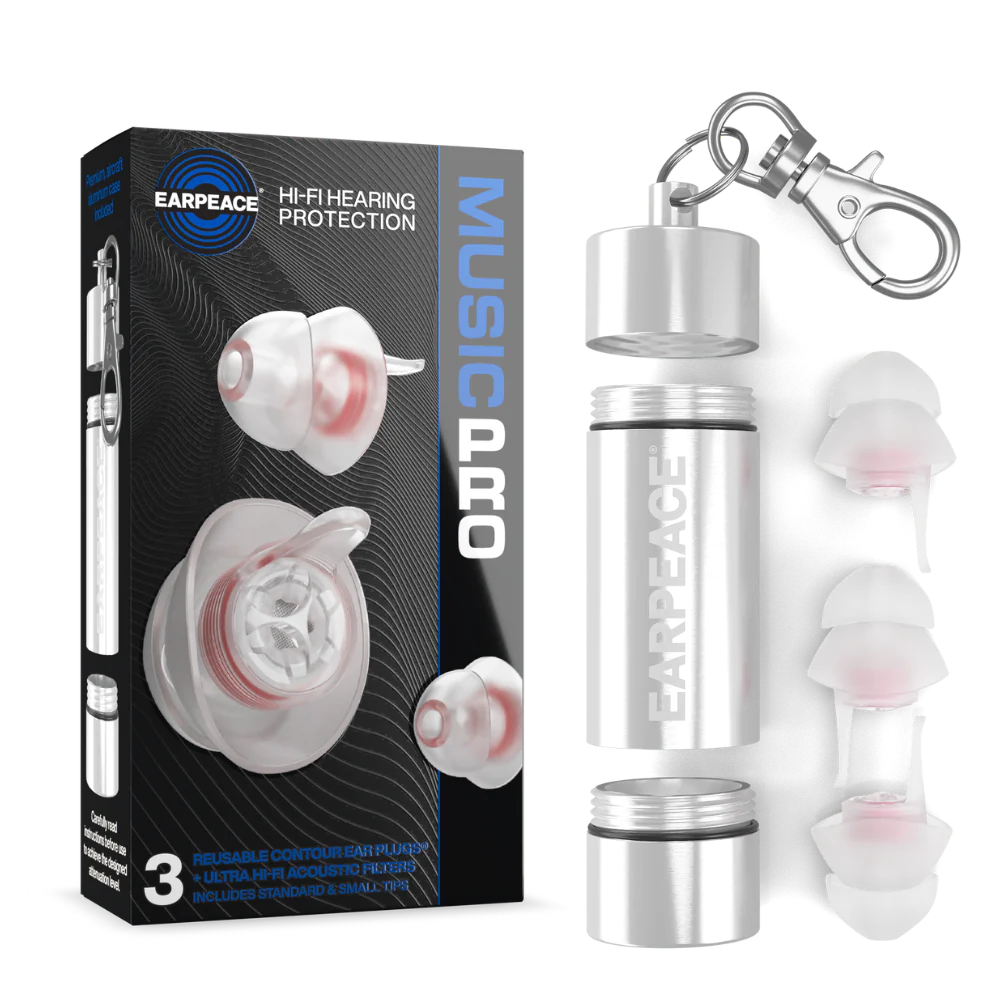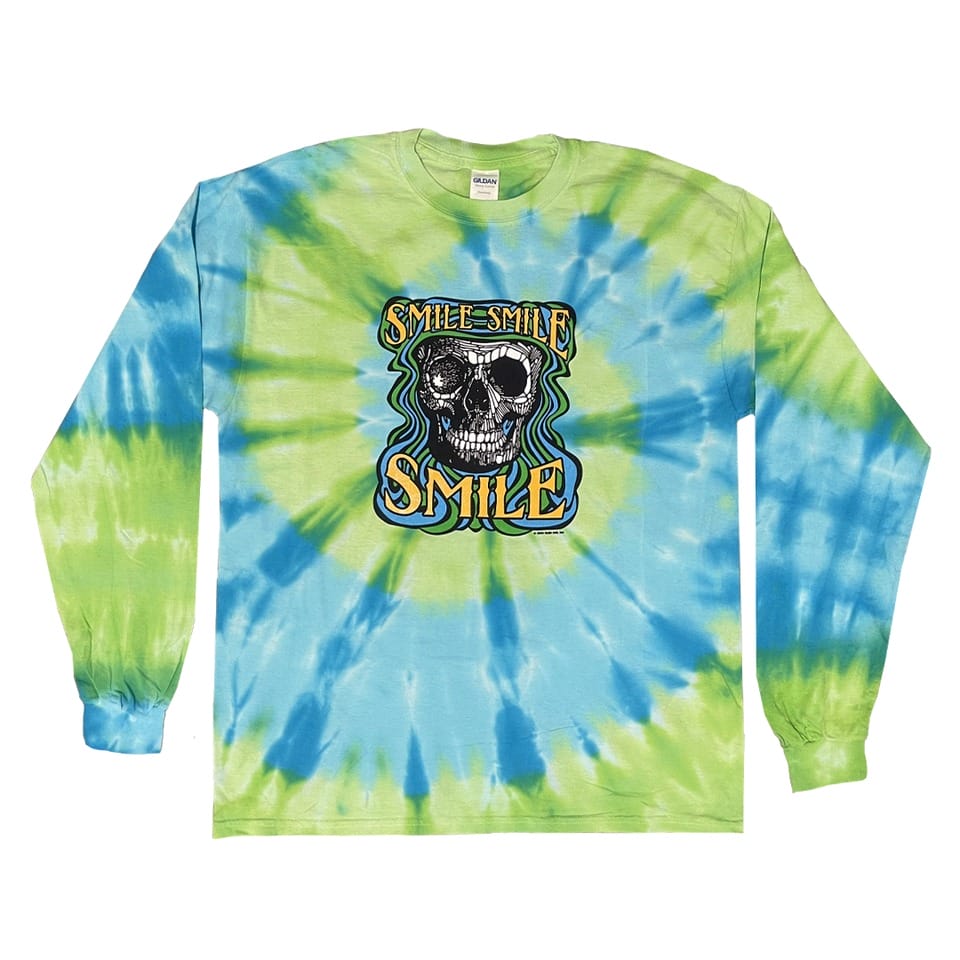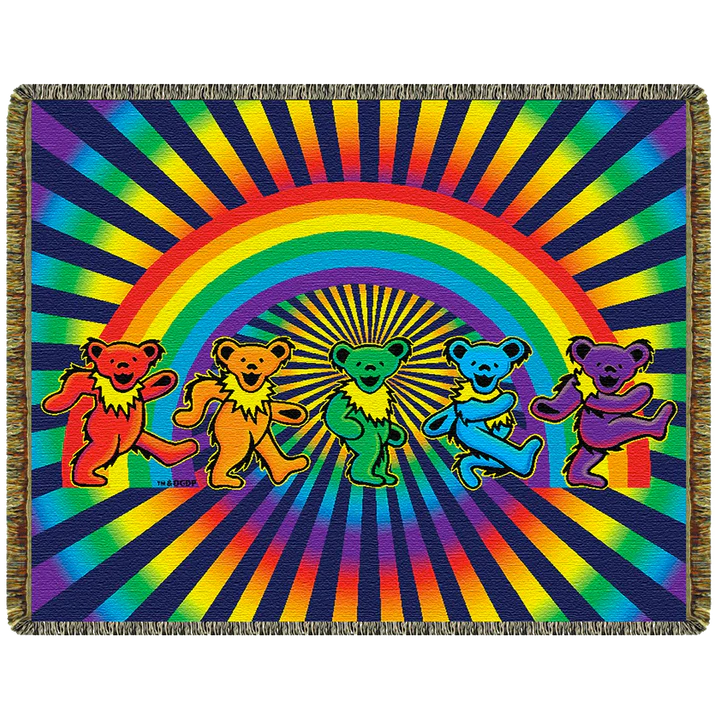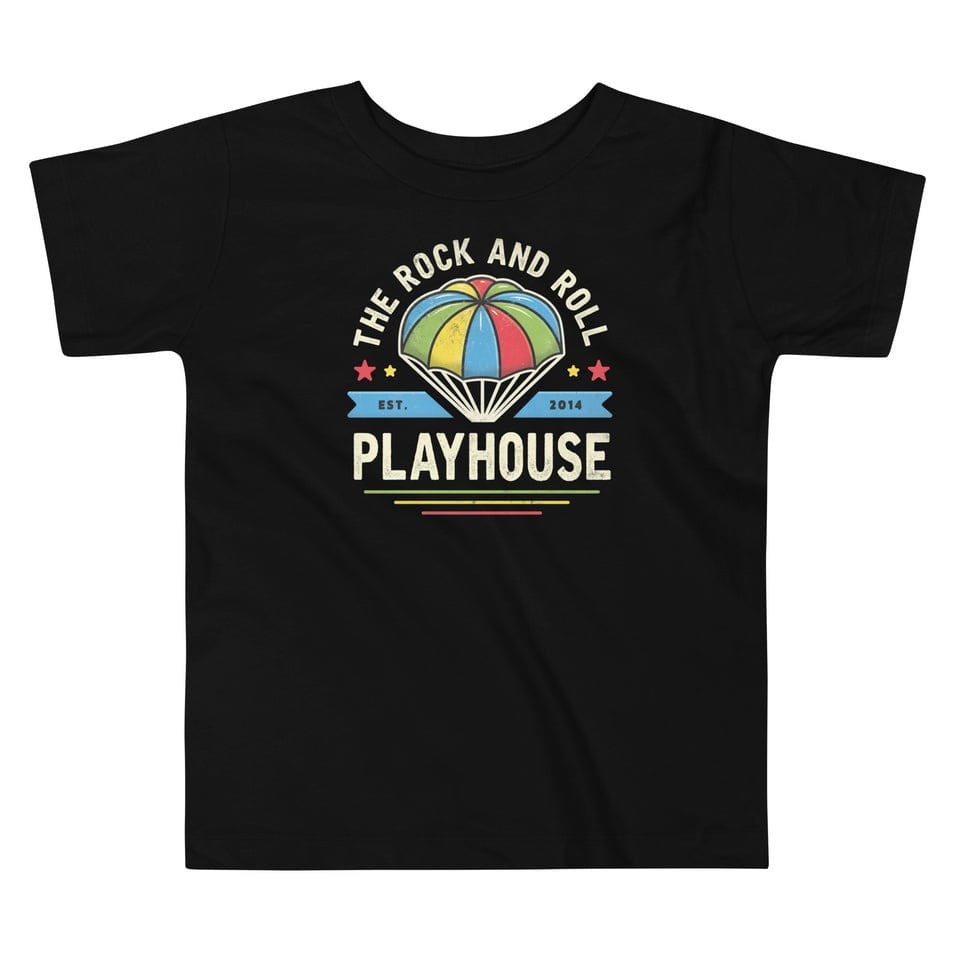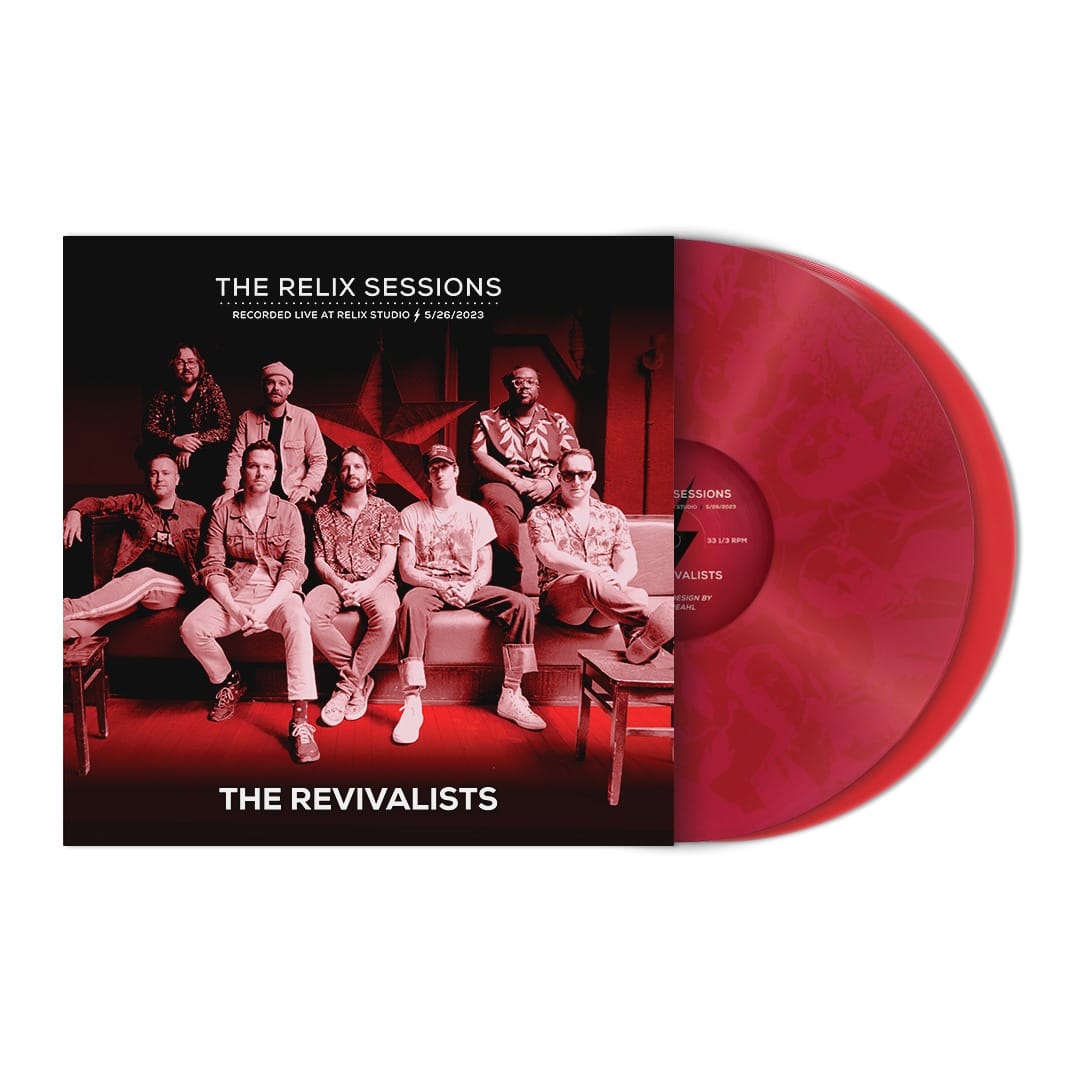Reflections: Journey

Neal Schon is ready to reclaim Journey’s place in the improvisational pantheon. “We were known as ‘The Jamband from San Francisco’ before jambands were hip,” the guitarist says with a chuckle in mid-July, thinking back on his band’s nascent days in the Bay Area. “The only people that were doing that before us were the Grateful Dead. They would play these long, stretched out songs that would never be the same from night to night, and we were kind of like that band. I was a big fan of John McLaughlin and Mahavishnu Orchestra, who we opened for.”
Indeed, long before they recruited singer Steve Perry in 1977 and started churning out enduring bar-room anthems, Schon and Journey co-founder Gregg Rolie were key members of the classic Santana band in their psychedelic prime. And, while fans shouldn’t exactly expect Journey to stretch their hit-filled sets into the ether on their current run, Schon says that the ensemble are aiming to recapture some of their early exploratory spirit, and even hope to push a series of future “evening with” shows to the three-hour mark.
“I started dabbling with the idea when we had some time off, and I decided to do a benefit for the firemen when we had all the fires in the Bay Area,” says Schon, who has been the group’s one consistent member since its formation as the Golden Gate Rhythm Section in 1973. “I thought it would be fun to get together and dive into our older catalog, going all the way back to our first album. We rehearsed for about four days at the Record Plant in Sausalito, Calif., and we went to play a little club in San Francisco as Neal Schon’s Journey Through Time and it came unglued. A song like “Of a Lifetime” pulled down the house. It’s where my roots are, and I just wanted to relive that for a moment. I felt like going back in time and giving the audience a dab of that to see how they reacted to it.”
Schon admits that he tried a similar approach with Journey a number of years ago when Steve Augeri was fronting the band, but the results ended up falling flat. “We did it in chronological order back then, starting with the first album, and it just went over everybody’s heads,” says the guitarist, who also played with Grateful Dead drummer Bill Kreutzmann in The Trichromes a number of years ago. “The die-hard Journey fans got it but a lot of the younger fans that weren’t familiar with the early stuff were like, ‘Where are the hits?’ And it was too late when we did get to the hits. So what I did, when I compiled this close to three-hour show in San Francisco, is I mixed it all up to keep everybody interested. I decided to go further out on the guitar and do a Miles Davis[1]type thing. And they ended up loving it. I think everybody’s mind has been broadened so much throughout the years with bands like Phish being successful and being able to stretch out and sell out night after night. It’s something I’ve always been interested in, and I see us inevitably going there.”
Journey also aimed to harness their live energy on their first new studio album in 11 years, Freedom. Schon cut the LP during the pandemic with members of a new version of Journey, including drummer/producer Narada Michael Walden, longtime keyboardist/lyricist Jonathan Cain and Filipino singer Arnel Pineda, who famously caught the band’s attention after they saw an online video of him covering their music. Industry veteran and former American Idol judge Randy Jackson, who recorded with the group way back on 1986’s Raised on Radio, supplied the bass parts after Journey parted ways with founding bassist Ross Valory and drummer Steve Smith, following a highly publicized dispute over the group’s name and trademark.
“We had so much going on legally after the last tour, and then the pandemic hit,” Schon says. “And when we got through all the legalities and decided we were moving on and replacing some of the members, the pandemic kept on going. So I decided I had to start getting busy and started writing some music downstairs in the house. I learned how to play some keyboards and I sent out the first idea I had. It wasn’t even initially a Journey idea. I just sent it to Jonathan to try and get some things rolling—I sent him this bluesy, rocking track that I thought was a Faces or a Stones-type song and he wrote the lyrics, wrote the melody and demoed up the vocals. Then, it was time to figure out who we were going to try to move forward with as a rhythm section so I suggested Narada Michael Walden. We had just completed a project together, and he ended up co-producing it with me.”
Though COVID kept the full band from tracking Freedom in the studio together, Schon and Walden were able to record the base of the songs in the same room, before the other members of the group added their parts remotely. The musicians ended up coming up with 35 loose ideas, which they eventually whittled down to the 15 they completed.
“Arnel was in Manila, [Philippines], Jonathan was in Florida and Randy was in LA,” Schon says. “But, because the drums and the guitar were cut together, it almost sounds like we were in a room together. It doesn’t gel well when you use a drum machine and then try to replace those tracks with live drums. So we really went for what this band sounds like live. Some of our biggest records were basically cut live with very little overdubs.”
As the mainstream concert industry started opening up more during the summer of 2021, Journey returned to the road with their retooled lineup, including a marquee appearance at Lollapalooza, where they found themselves playing for a new, younger generation of festival goers. They also brought back drummer Deen Castronovo, who had previously played with the group from 1998-2015.
“We had been rehearsing for about five days, trying to learn about 30-35 songs,” Schon says. “And Narada was sounding great but I don’t think he was familiar with the material. So, at that point, I said to Jonathan, ‘We have a couple choices here. One is obvious but he’s going to tell us to ‘Go f yourself’ because we just had a lawsuit with him.’ And I said, ‘The other guy is Deen.’ He’s been a brother of mine. I brought him into the band when we decided to move on in ‘98 and restart with a new singer. I found him at a rehearsal place in San Rafael, Calif., while he was playing with Tony McAlpine. So we had two drummers on tour with us for a while last year.”
They also brought in bassist Todd Jensen—while Jackson recovered from back surgery—after he scored a recommendation from an unlikely source.
“Steve Perry, of all people, came to the soundcheck for our Hollywood Bowl show when we were playing in LA,” he says. “We were talking for a bit and, low and behold, Steve apparently used Todd when he went out with his solo band to tour his album. And so I went, ‘Well, Todd knows the material.’ Steve liked his feel too—Steve, being a great singer, knows a lot about where the drums should sit, where the vocal’s supposed to sit, where the bass is supposed to sit.”
The members of Journey are also excited to celebrate the start of their new era with a few unique engagements, including a Las Vegas residency and some orchestra dates, and will officially mark their 50th anniversary in 2023. Schon says that the group has already mapped out their touring plans, which should be a continuation of their current campaign.
“We just got back into playing arenas after we moved over to AEG and we got out of the shed thing with Live Nation,” he says. “I’m grateful to everybody at AEG and Jeff Frasco at CAA, who got us back into arenas.”
A few years ago, Schon also looked back on his early days when he and Rolie participated in a long-awaited Santana reunion. Bringing things back around, they supported that project with some dates alongside the then-current Journey lineup.
“They are two completely different bands and I love both,” he says. “Inspiration always rubs off, no matter where it comes from. I enjoyed writing most of the new songs with just the guitar and drums, instead of the usual way many people go about it these days with the computer. In a sense, it’s back to old, basic way that the music I grew up with was created—on the spot and in real time, not overly plotted out. It’s just fresh.”


